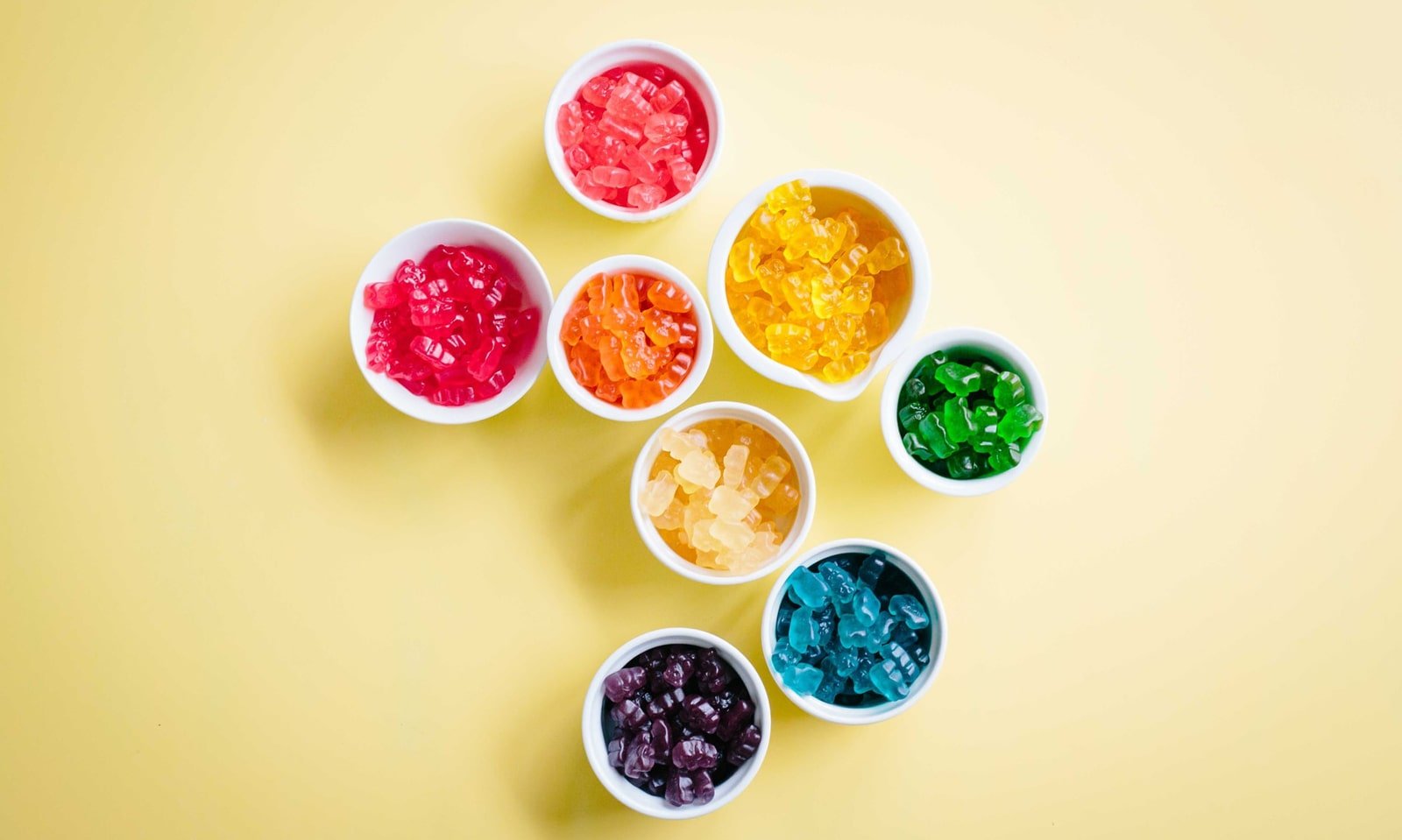TL/DR – The US Government says yes as long as they are used properly; others claim they cause many health problems. It depends on who you believe.
Food dyes and coloring, technically called ‘color additives’, can be found in most processed food products sold today. A quick review of online resources, research papers and food policy articles shows that the question of whether food dyes and colorings are safe or not is a highly controversial topic. To start with, it’s important to note that there are natural and artificial colorings. Most of the controversy revolves around artificial food dyes. The food industry tends to favor artificial dyes due to their low cost, vibrant colors and how well they bond with food.
Why use artificial food dyes at all
In short, the only reason our food is colored is for aesthetic reasons – it makes the product look better. Whereas natural colorings can change the flavor of a food (think beet juice or tumeric) artificial food dyes are flavorless. Manufacturers believe in the old saying that “we eat with our eyes” and so how a food looks is sometimes as important as how it tastes, at least at the product design stage.
What’s the controversy?
The first attempt to regulate food dyes was in 1906 as part of the Pure Food and Drug Act. Over the years, hundreds of artificial food dyes have been developed, and many have since been found to be toxic. There are only a handful of artificial dyes that are still used in food. In the U.S. there are nine certified color additives approved for use in food. The Food and Drug Administration (FDA) official stance is that color additives are safe when used properly by manufacturers. Even the FDA admits that they can cause an allergic reaction in some people, although they say this is a rare occurrence. Critics however, claim that use of artificial dyes are linked to obesity, cancer, hyperactivity and a host of other health problems in both children and adults. Those looking for data to help make sense of the controversy seem to find studies and research supporting both sides of the argument.
The typical American consumer will have a hard time avoiding ingesting artificial food dyes no matter how hard they try. It seems evident that these “color additives” are not acutely unsafe but some believe they may be causing long term, generational health problems. So the answer as to whether artificial food dyes are safe or not remains one that many of us will need to answer for ourselves after reviewing the evidence and considering our own diets and health issues.
Some facts about food dyes:
- Food dyes and colorings are regulated by the FDA under the Federal Food, Drug, and Cosmetic Act.
- Three additives (FD&C Red No. 40, FD&C Yellow No. 5 & FD&C Yellow No. 6) account for 90% of all dyes used in foods
- Kids like colorful food – over 40% of food marketed towards children are artificially dyed
- Artificial food dyes are petroleum and coal based products

